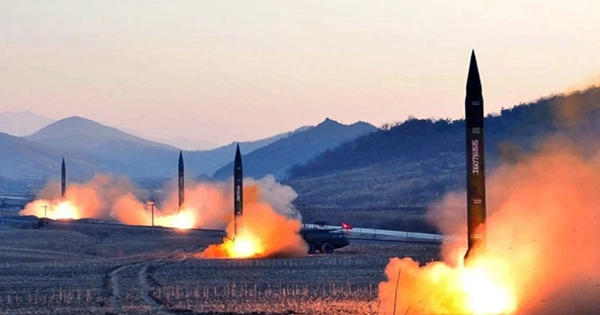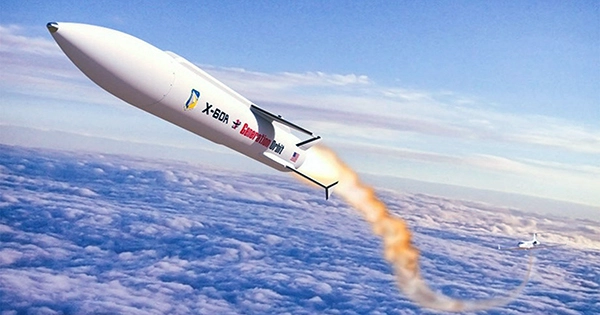According to a CNN story quoting a defense official, the US tested a hypersonic missile in mid-March but kept it quiet to avoid offending Russia. The missile was fired from a B-52 bomber and was part of a test of the US’s Hypersonic Air-breathing Weapon Concept (HAWC), of which another variant had previously flown at hypersonic speeds. It’s unknown where the missile is in its testing process right now, but prior reports claim the US plans to deploy a hypersonic weapon this year.
According to a statement provided by the Defense Advanced Research Projects Agency, the missile soared at a height of nearly 20,000 meters (65,000 feet) and traversed 480 kilometers (300 miles) during the test (DARPA). The news comes only weeks after claims that Russia used a hypersonic weapon, the Kinzhal missile, to attack an underground stockpile in Ukraine during its invasion. The US, on the other hand, held off on announcing the test in order to prevent escalation with Russia.

After a successful test of a Raytheon scramjet-powered hypersonic missile last year, the HAWC is the first Lockheed Martin hypersonic missile. “Knowing that the US has tested it and that we have the capability to do much more in terms of our stocks of these sorts of missiles and maybe others, I believe is a response to Mr Putin’s threat,” CNN Military Analyst Lt General Mark Hertling said in an interview.
Hypersonic missiles are typically launched from airplanes, allowing them to travel at high speeds and altitudes before beginning self-propelled flight, however DARPA is working on developing a ground-launched hypersonic missile. The Operational Fires (OpFires) program at DARPA is moving forward with the development of a ground-launched intermediate-range hypersonic weapons system. Full-scale missile manufacture, assembly, and flight testing from a launch vehicle will be part of Phase 3b. After conducting a successful Phase 3a integrated system preliminary design review that resulted in a thorough design and test plan, Lockheed Martin Missiles and Fire Control was awarded this new contract modification.
“The OpFires program’s goals remain the same at DARPA. According to Lt. Col. Joshua Stults, DARPA program manager for OpFires in DARPA’s Tactical Technology Office, “the system design Lockheed is developing continues to achieve the desired tactical mobility and system performance in line with the Department of Defense’s push to deliver an intermediate-range surface-to-surface missile.”
The goal of OpFires is to demonstrate a new technology that allows hypersonic boost glide weapons to hit vital, time-sensitive targets quickly and precisely while bypassing contemporary opponent air defenses. The program is working on a sophisticated rocket that can transport a variety of payloads across a wide range of distances, as well as movable ground launch platforms that can be quickly deployed.














